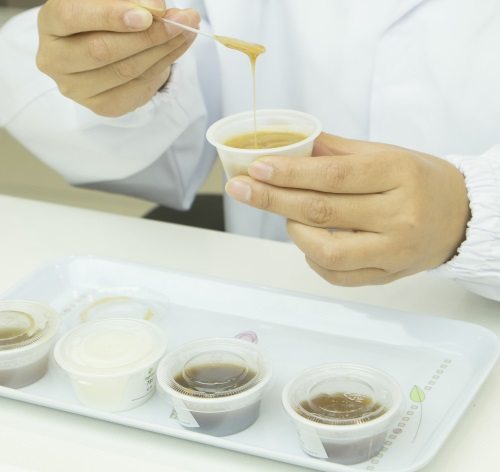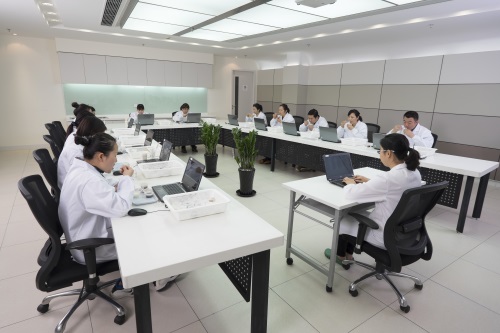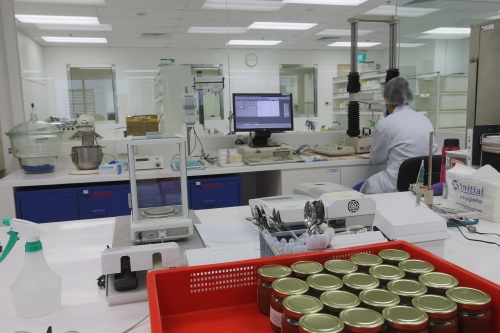Ingredion has set up a trained sensory panel at its Idea Labs innovation center in Singapore.
The panel will help to enable food and beverage (F&B) manufacturers to achieve the target food texture they require within a shorter timeframe.
It is the second of its kind in the region, following the first that was established in Shanghai in 2012.
Ang Hwee Yang, marketing director, Texture, Ingredion Asia Pacific tells Food News International more about the value the panel can bring to F&B manufacturers.
FNI: How was the panel selected?
Ang: We first select our tasters based on their sensory acuity and ability to express what they experience organoleptically.
We reject potential panellists if they are smokers, on medication or generally have difficulty tasting basic tastes, as an initial step.
Following which, there is a stringent pre-screening test to determine if a potential panellist is able to discern textures and tastes accurately.
Selected candidates are individuals who possess the ability to discern tastes and textures well, and they will then undergo training to be able to detect and report key textural attributes.
FNI: How are selected candidates trained for the job?
Ang: Following the screening and selection process, our Ingredion panellists go through a training program where they are trained to describe the textures and tastes they perceive in a product.
As people with different experiences and exposures to food, the panellists would need to be able to align their perceptions with a set of precise, measureable and scientific terms within our company’s Texicon texture language guidelines.
For example, in describing the characteristics of a biscuit, the panellist would use descriptors such as hardness, crunch and tooth packing to describe how it feels when bitten into.
FNI: How is the panel representative of the consumer’s tastes and preferences, particularly acros s geography, cultures and lifestyles?
Ang: The panel consists of approximately 15 people, who are trained to align their use of descriptors and how they rate their perceptions.
They are trained to provide objective measures of the taste and texture of a food product.
We also use product references to align the panellists during training.
As such, an objectively trained sensory panel would be able to represent the textural ‘measurement’ of a food product regardless of their geographical location or cultural background.
This gives food manufacturers valuable data that supplements the consumer insights and testing conducted by Ingredion, in collaboration with customers, for a project.
FNI: How will this panel add value to F&B manufacturers?
Ang: The panel can be considered a product development tool that allows a manufacturer to determine the texture and taste attributes of a product without bias.
Combining this with research into consumer preferences provides the food formulator a better understanding of the key textural drivers of consumer preference, which can increase the chances of their product succeeding.
However, it is important to note that consumer preference can only be obtained from the target consumer group of the product.
The panel is not able to provide product preference information, as they may not represent the target audience.
FNI: How scientific will this panel be for F&B manufacturers?
Ang: Sensory profiling is an established science with major food manufacturers investing in such a tool.
Instrumental measures are important in product development.
However, no instrument is able to integrate the effect of multiple food attributes on the overall perception of a product as well as a trained person can.
Our sensory panels are established based on scientific best practices and they go through rigorous performance evaluations to ensure a consistent level of accuracy.
FNI: What useful information/product intelligence will this panel provide to F&B manufacturers?
Ang: The sensory profiles provided by the panel can provide manufacturers with a textural and taste map of the food product and its competitors.
This map will allow the manufacturer to understand what the differences are between each product, and help expose potentially new texture spaces that can be explored.
Overall, this could lead to new innovative textures being developed that would appeal to the target consumer.












